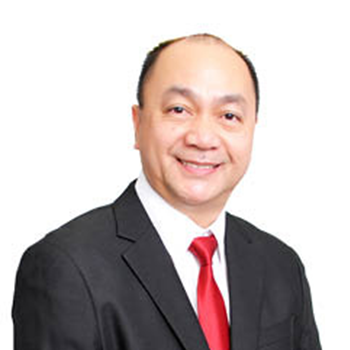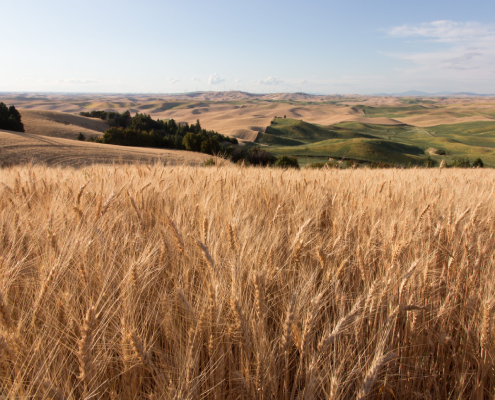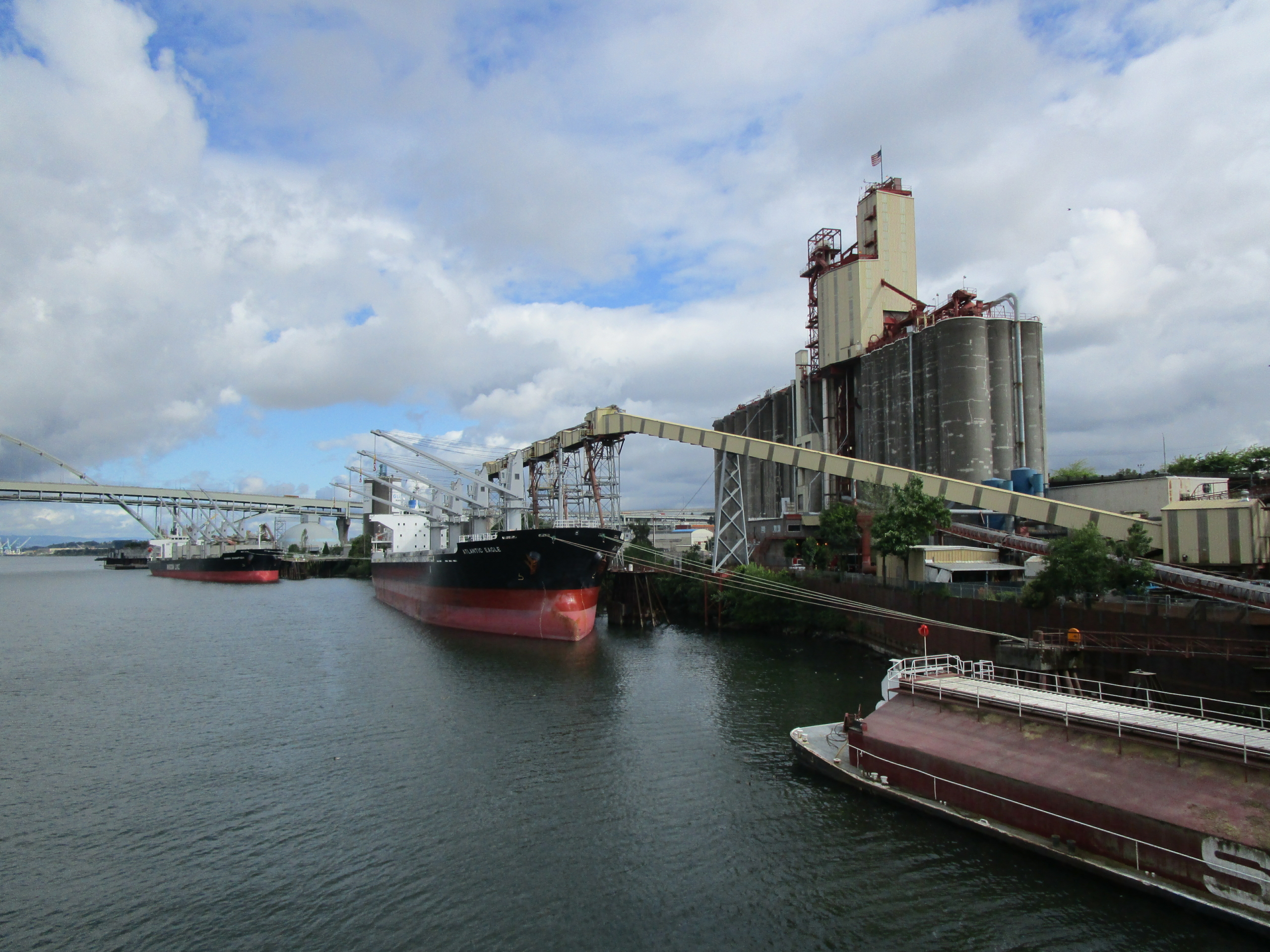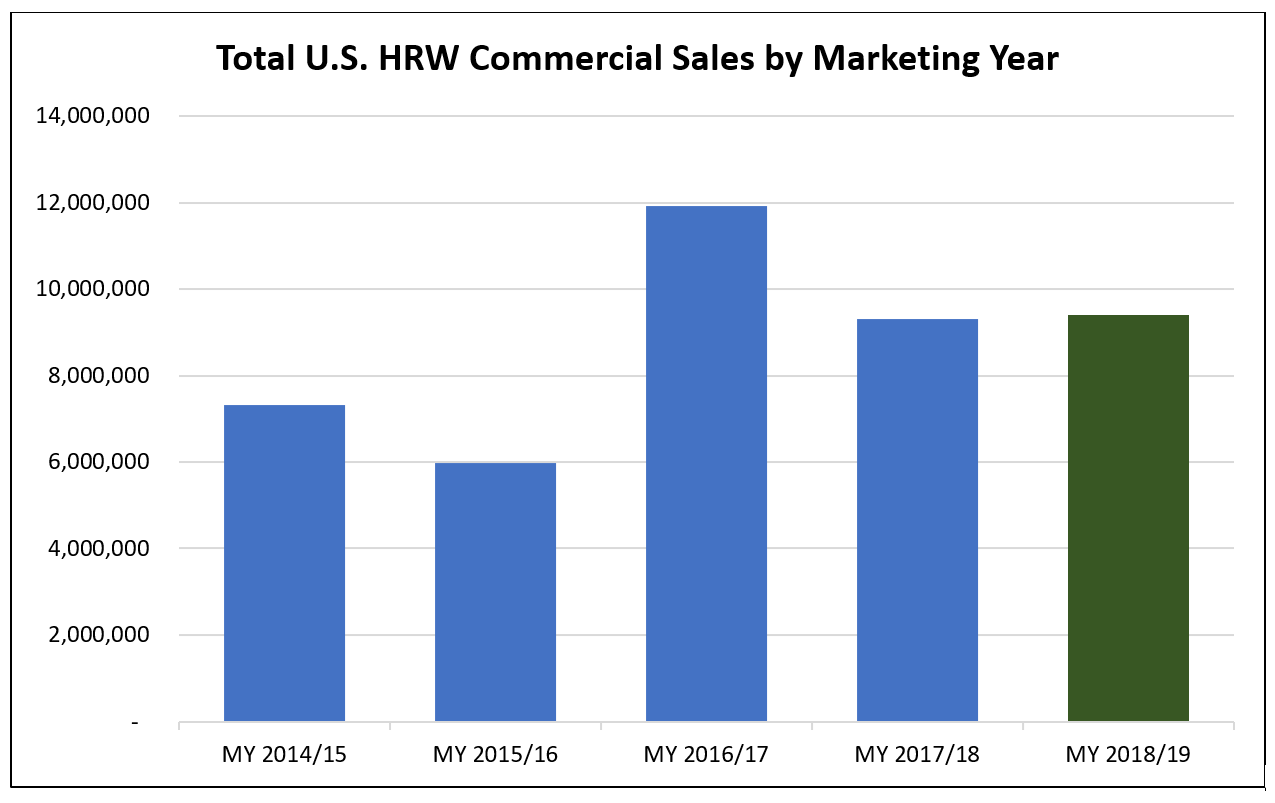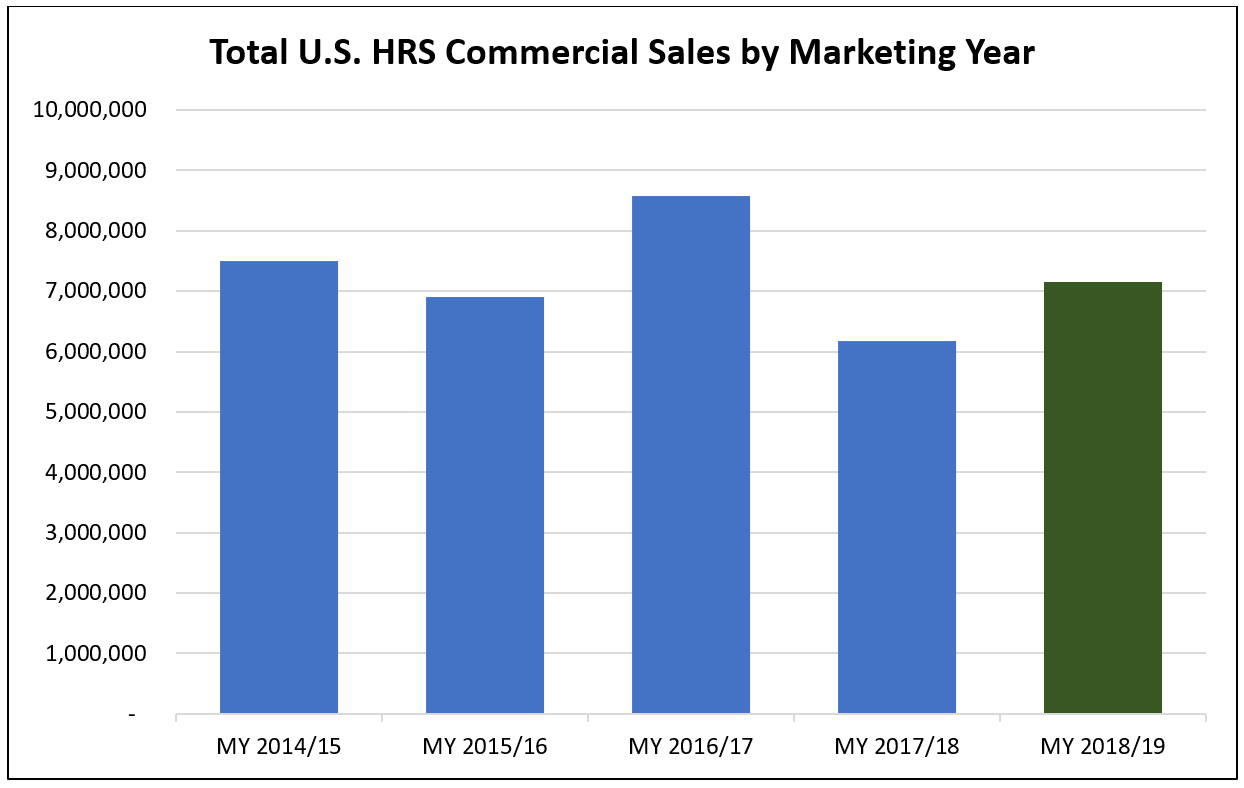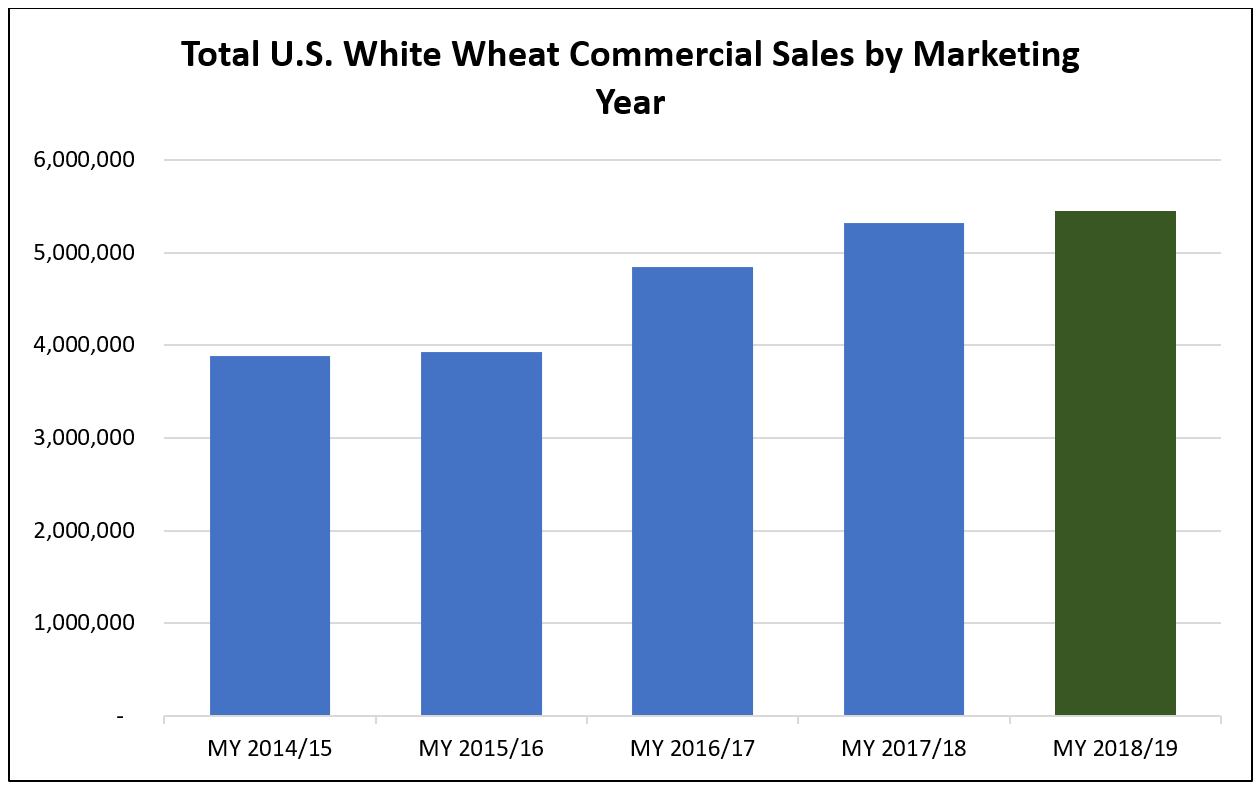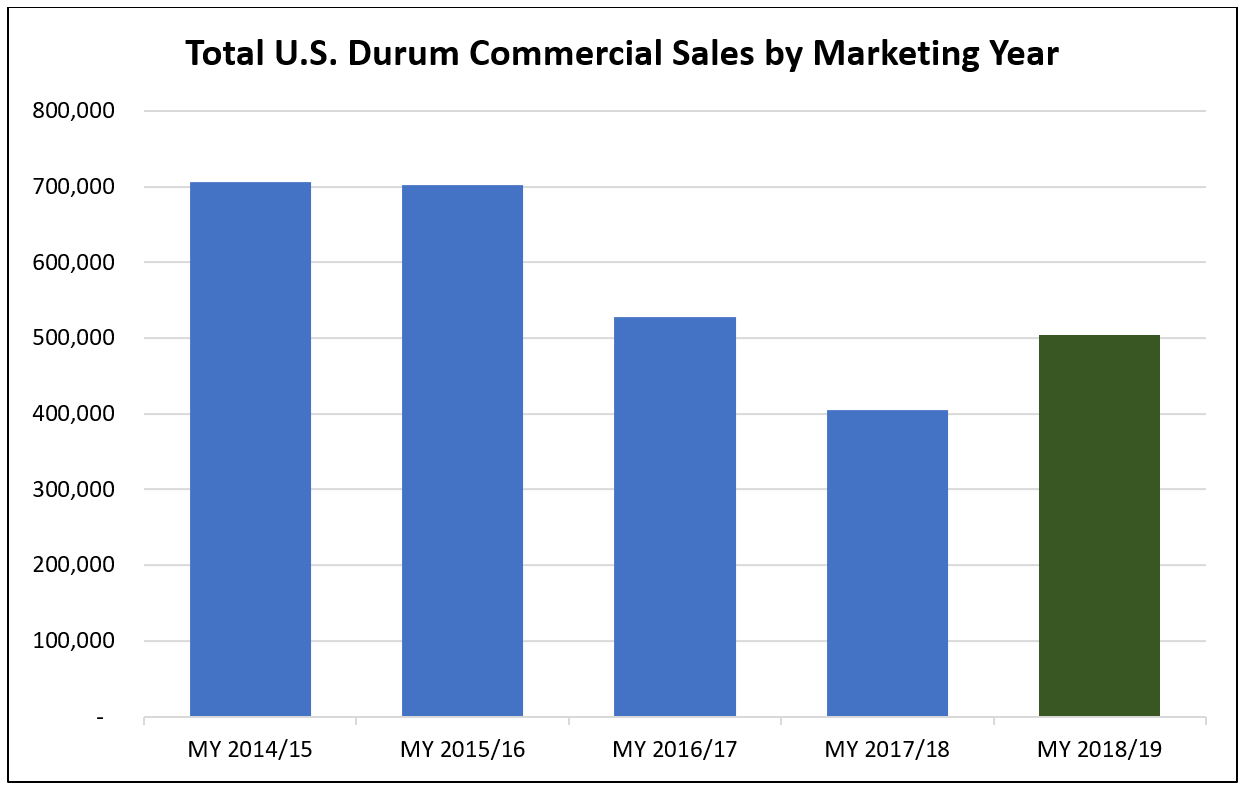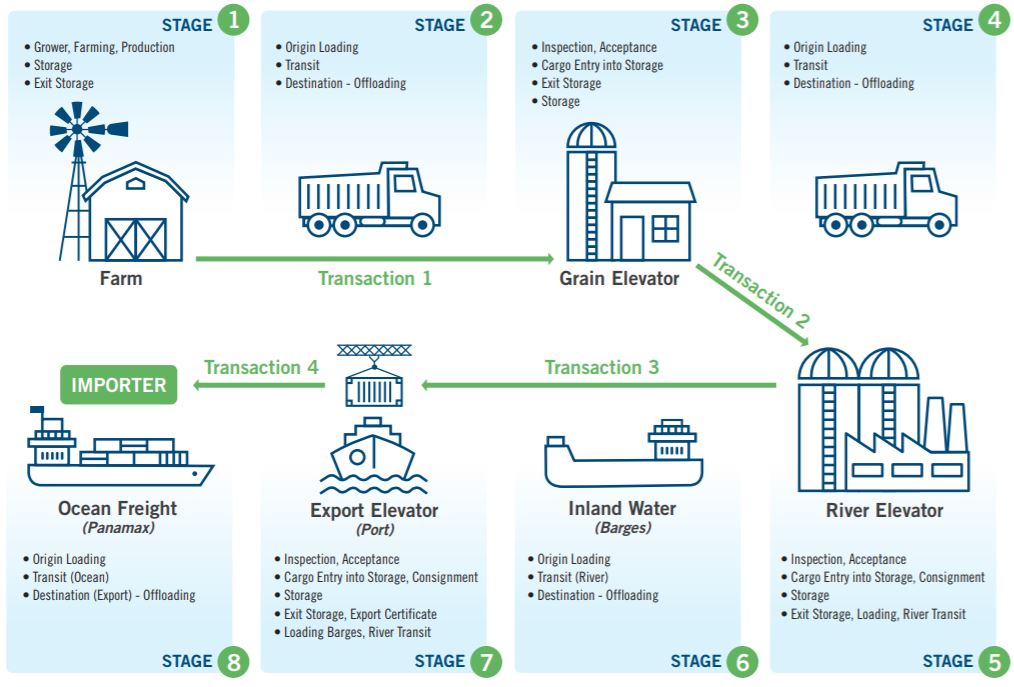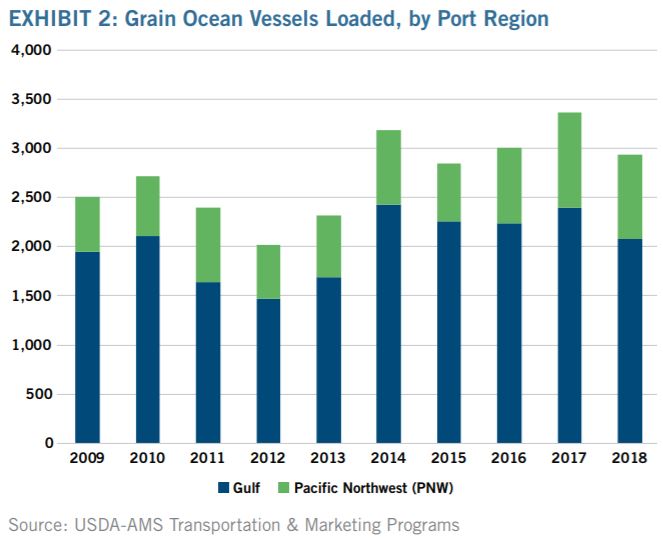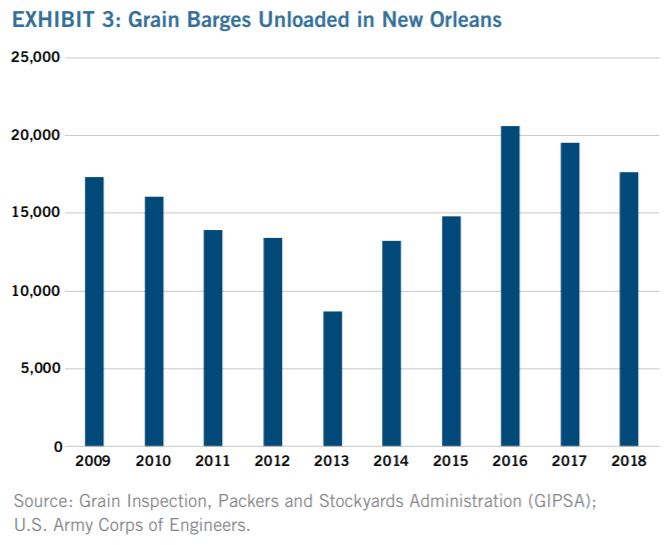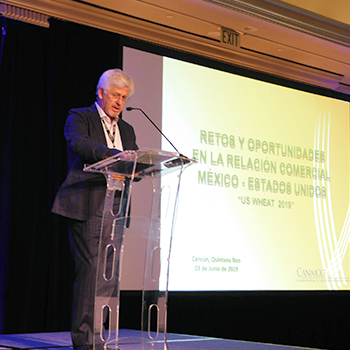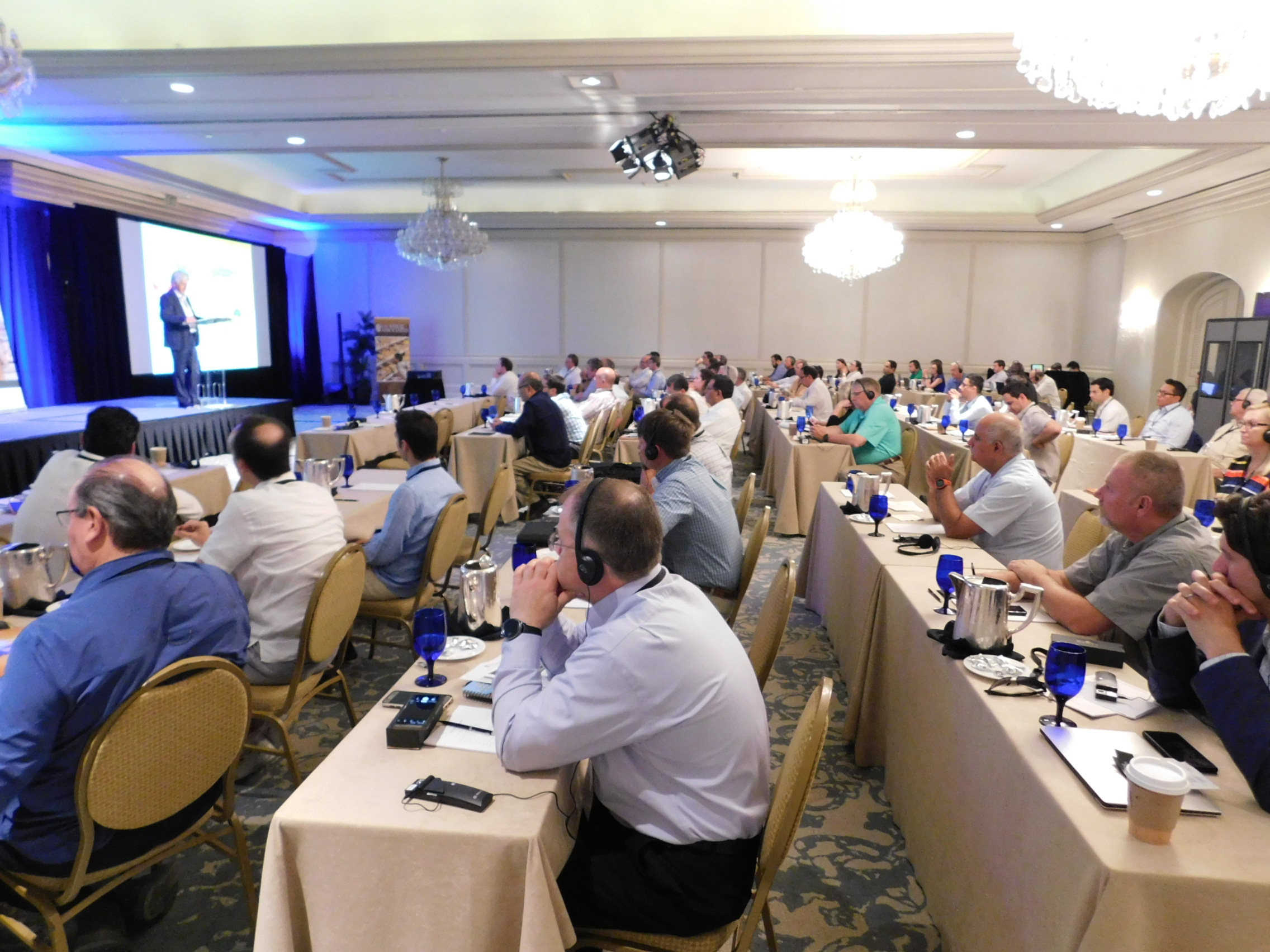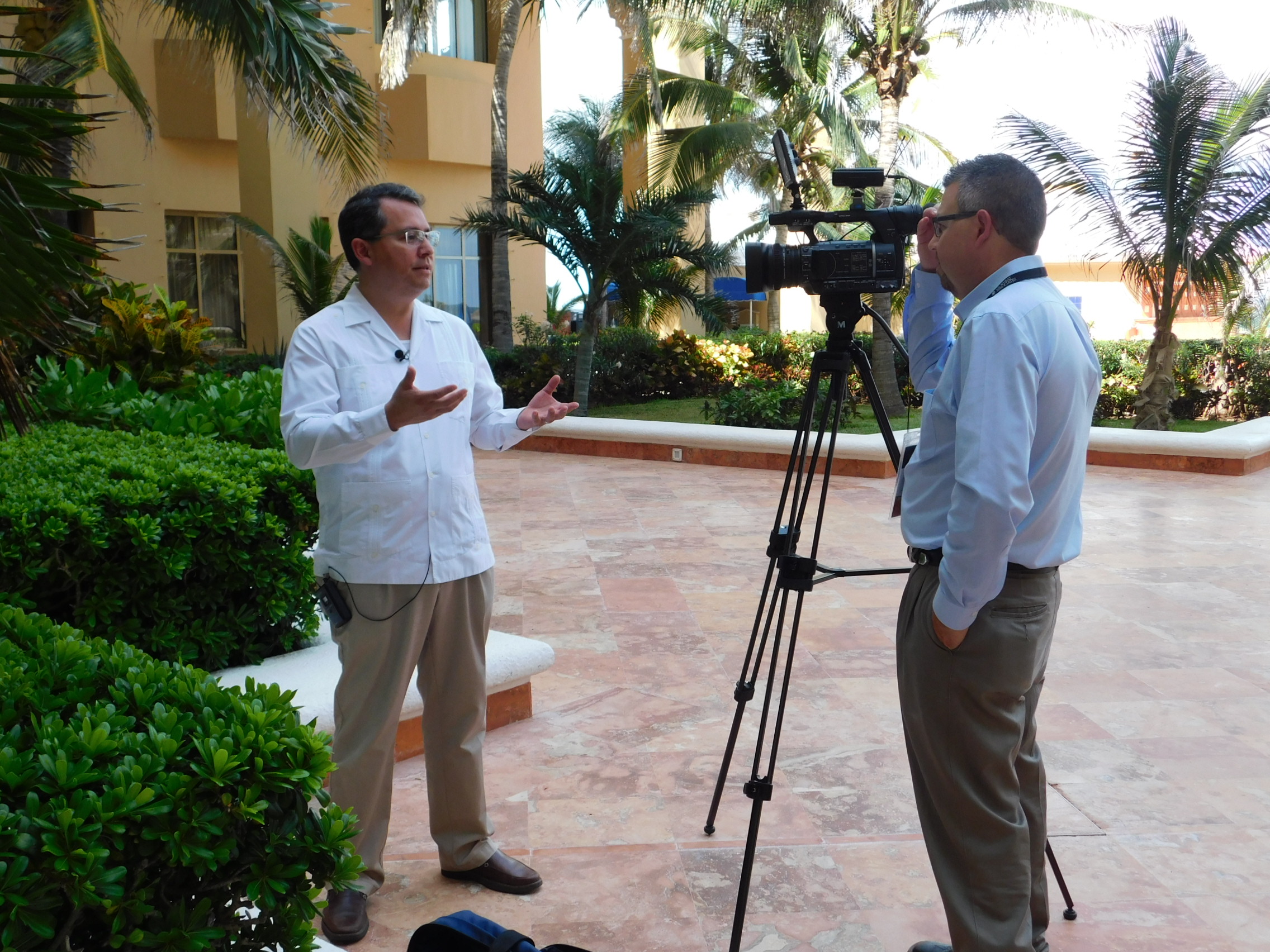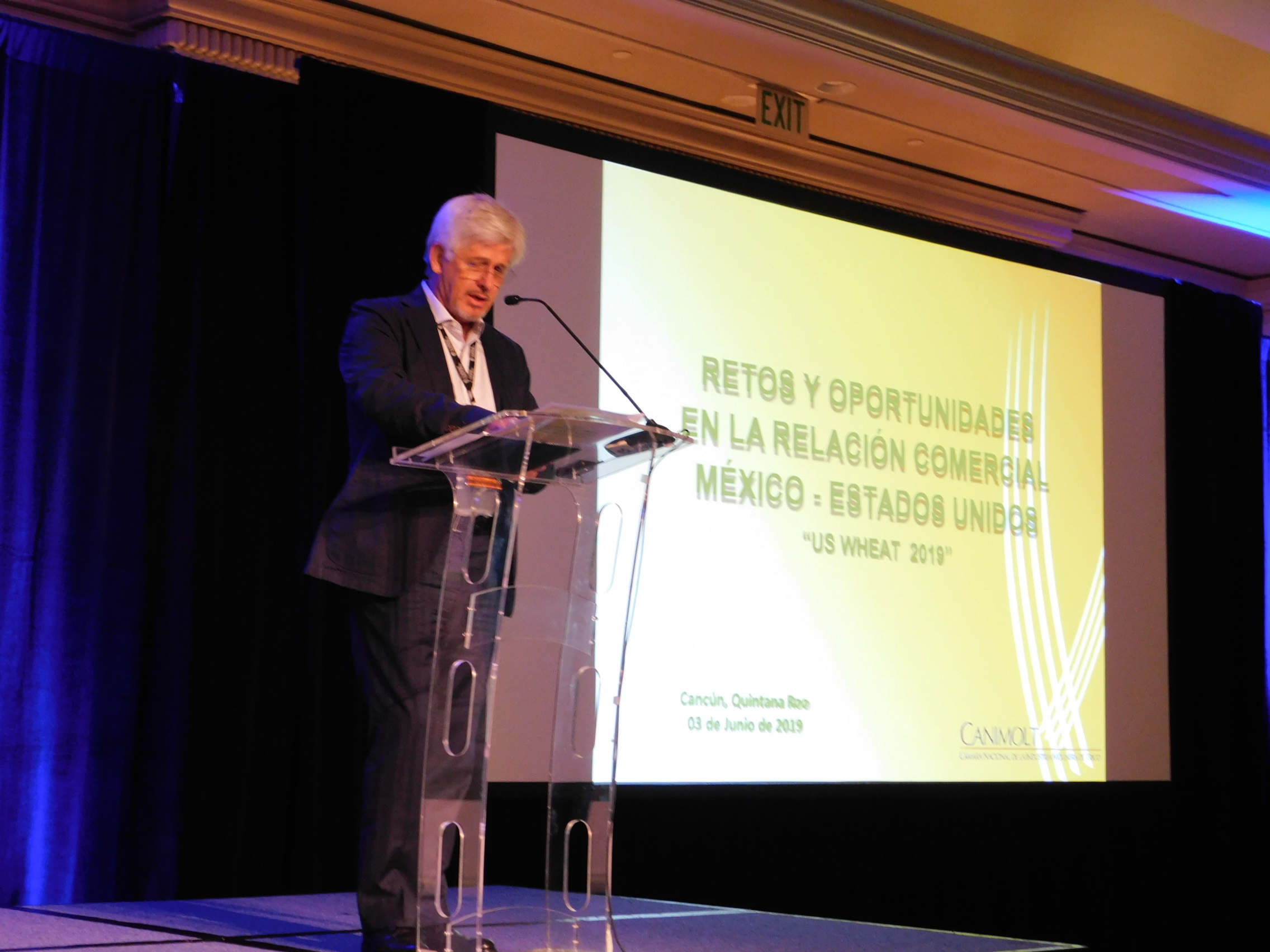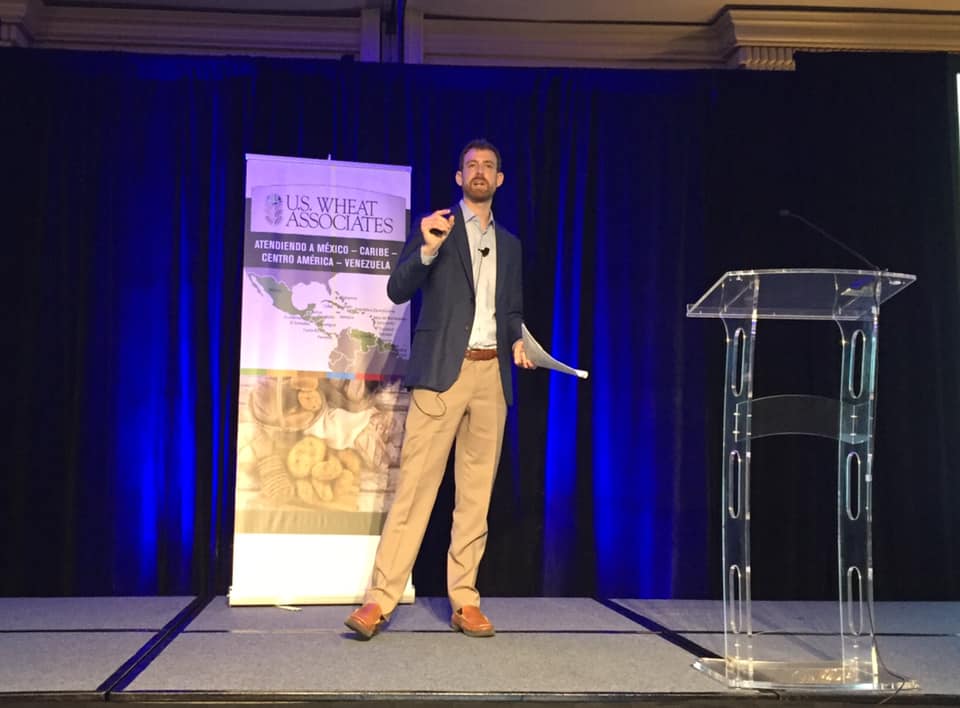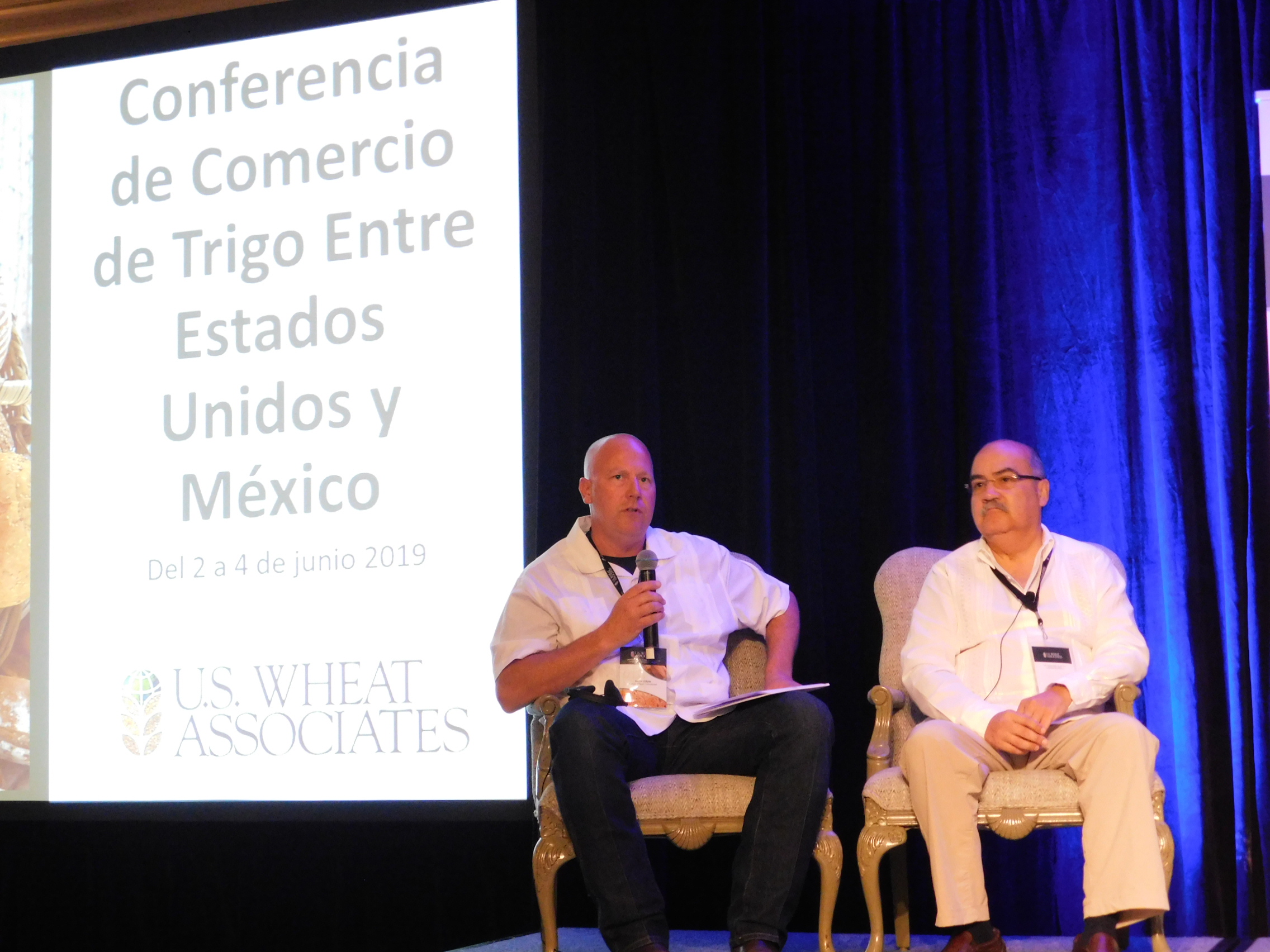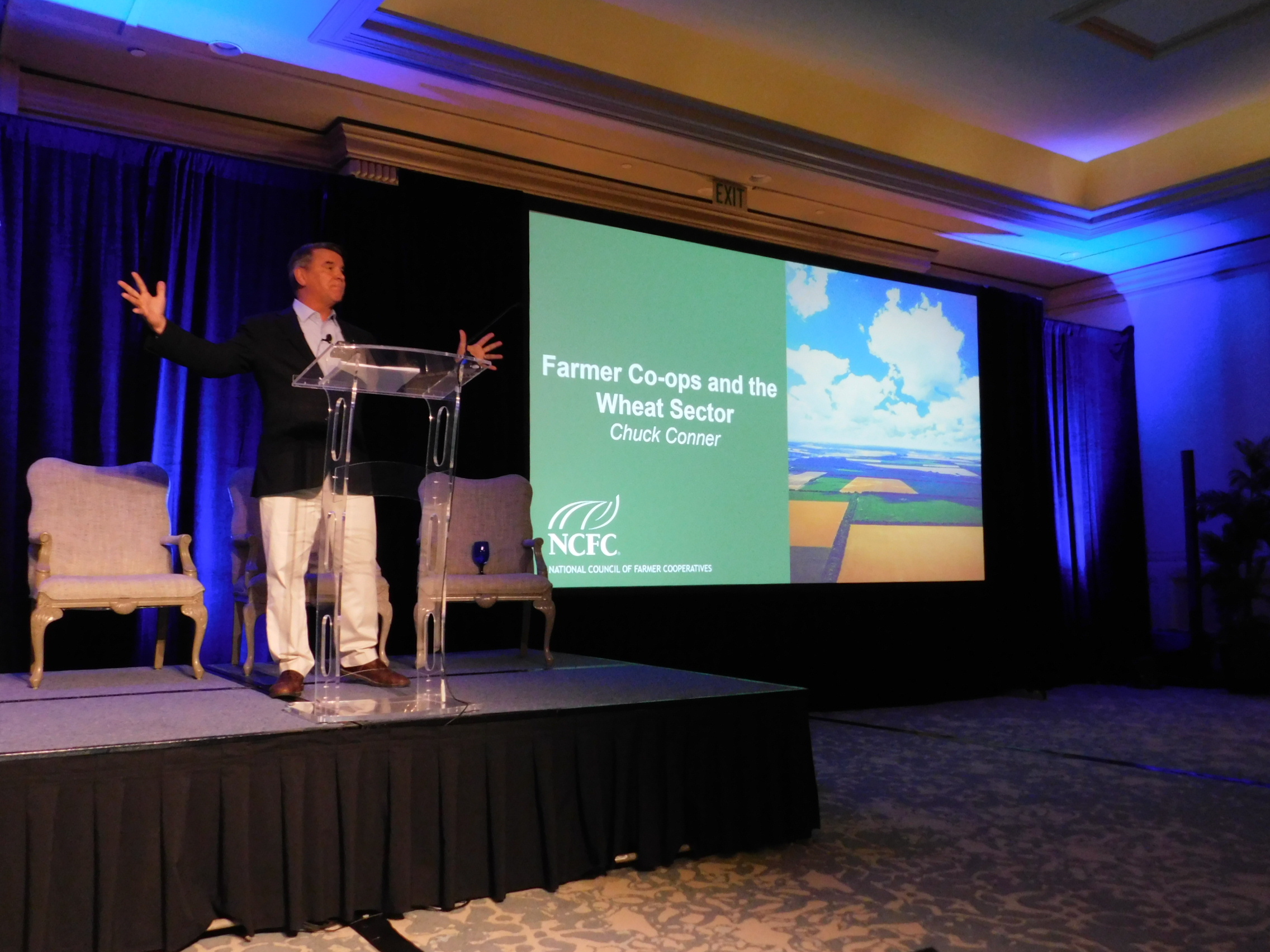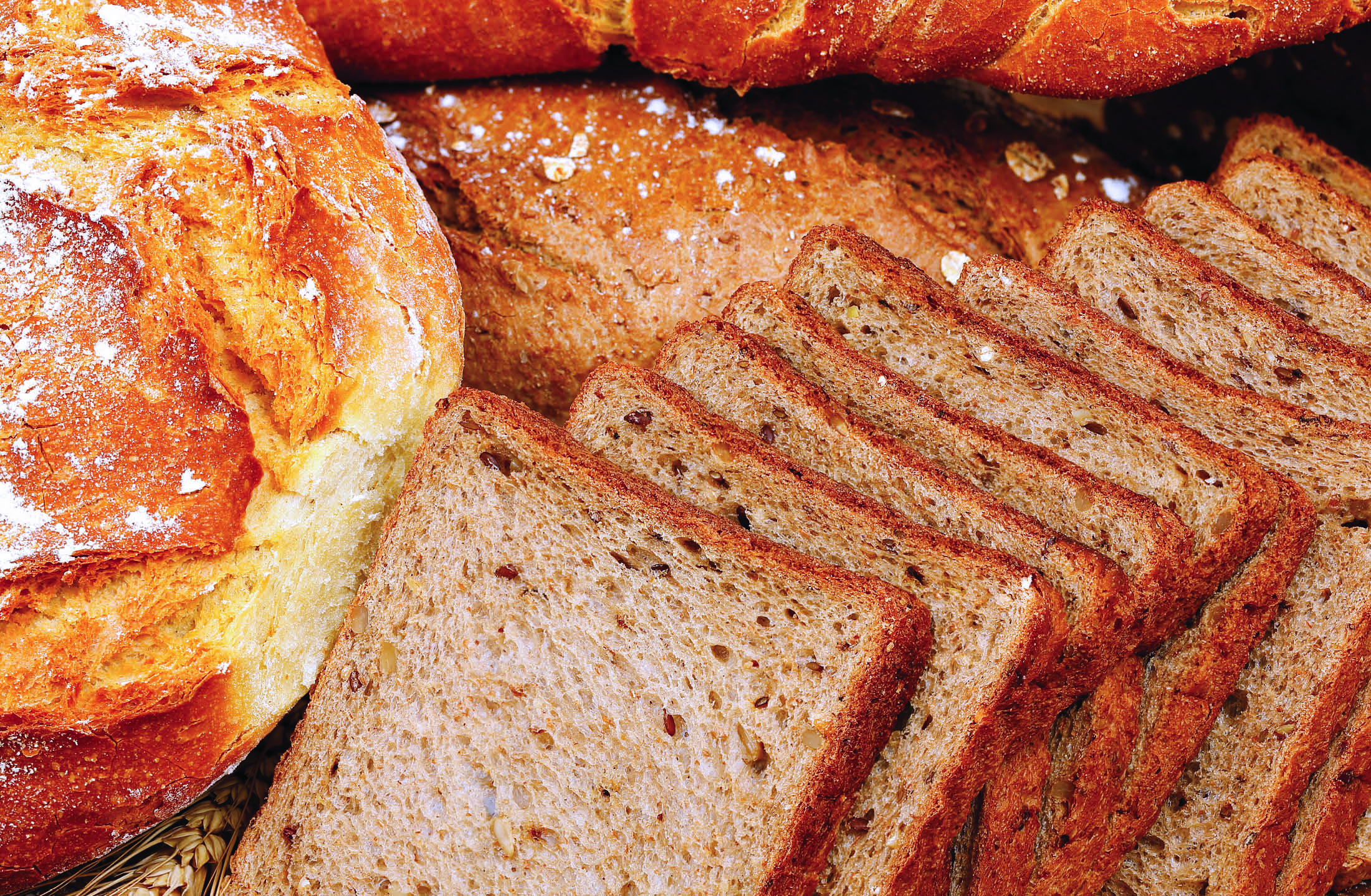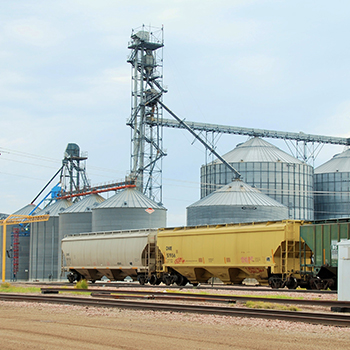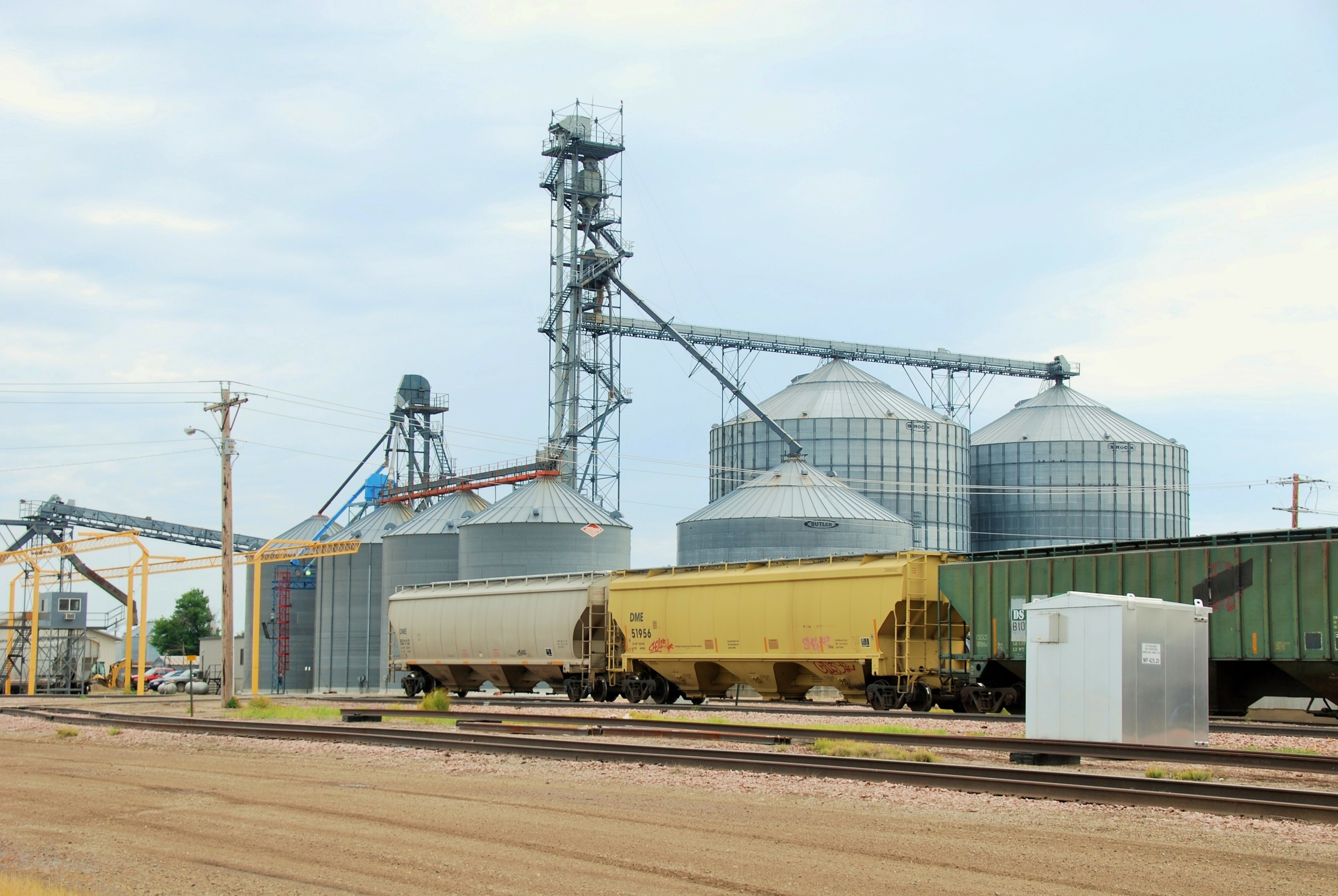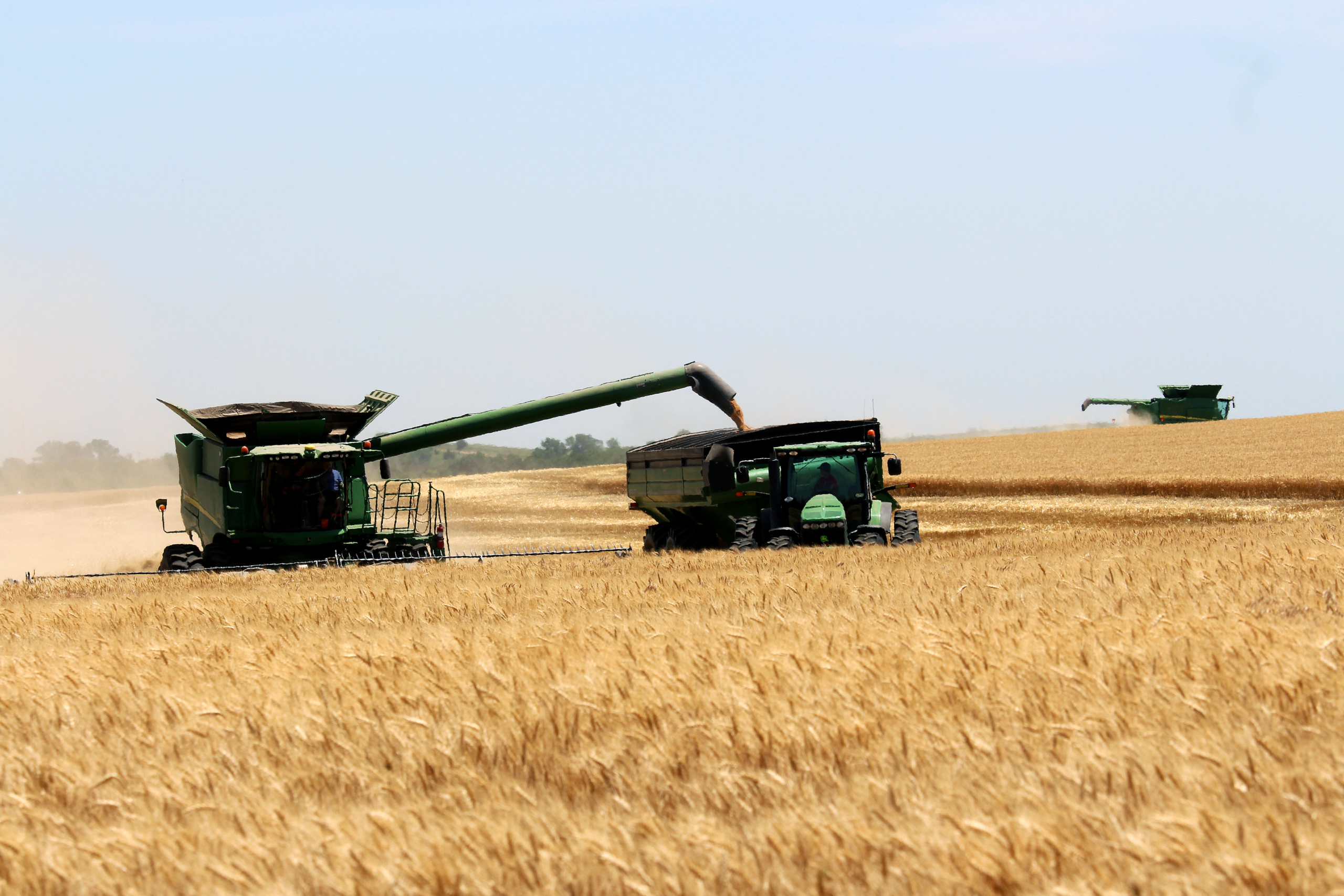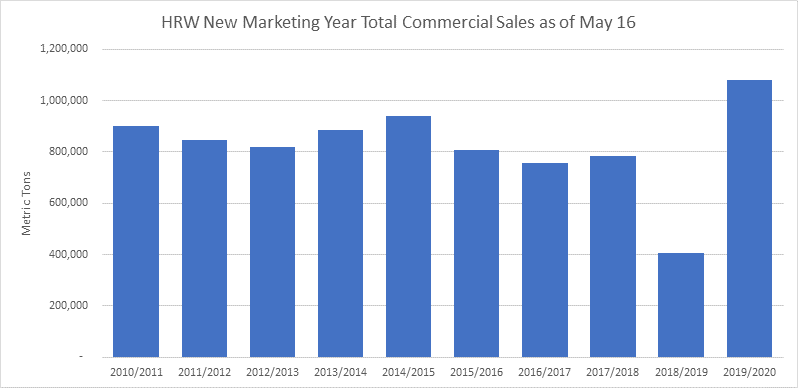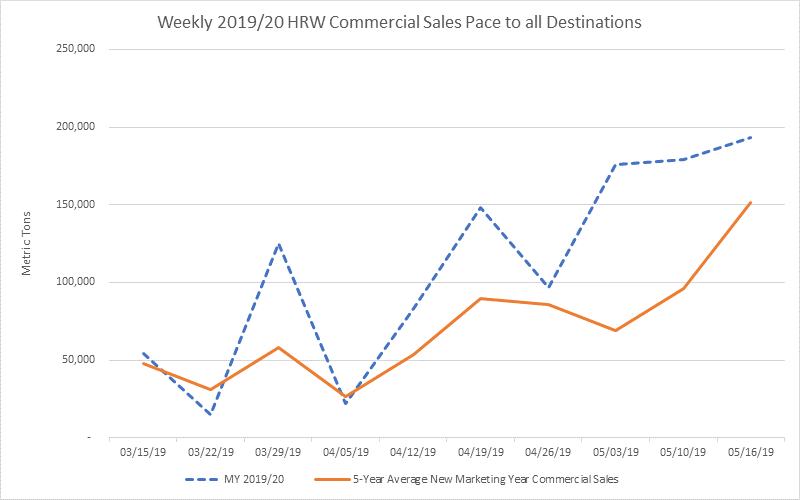Name: Gerardo “Gerry” S. Mendoza
Title: Baking Consultant
Office: USW South Asian Regional Office, Manila
Providing Service to: Republic of the Philippines and Korea
Regional Profile: Southeast Asia, particularly the Philippines, has become one of the most important export markets in the world for U.S. wheat. The Philippines is the second-largest market for all classes of U.S. wheat and has been the largest importer of soft white (SW) and hard red spring (HRS) wheat since 2013. A robust population and income growth are driving increased demand for wheat-based foods. The growing middle class has an increased ability to pay for high-quality products, while end-product manufacturers and consumer preferences give U.S. wheat classes a strong advantage. U.S. wheat farmers have invested for nearly six decades in training Philippines millers and end-product manufacturers, helping the wheat foods industry achieve world-class sophistication and expertise. Given the quality and diversity of U.S. wheat supplies, USW’s focus on increased technical service and assistance is paying dividends as the region’s demand for wheat continues to grow.
There is one thing that everyone who crosses paths with Gerry Mendoza agrees on: he is just a really positive, nice guy.
“One of Gerry’s greatest assets is a positive attitude and sincere willingness to do whatever it takes to carry a project to completion,” said Joe Sowers, USW Regional Vice President for the Philippines and Korea, of his Filipino colleague.
While his attitude may come naturally, Mendoza’s interest in baking started in high school when his family got an oven with a gas range.
“I started messing around with the equipment by baking simple cakes (batter type) that were manually mixed,” said Mendoza. “Eventually, I moved on to kneading dough to make pizza and apple strudel.”
Gerry Mendoza was born into a large family in Baliuag, Bulacan, an agricultural town 50 kilometers north of Manila, known for growing rice, corn, and other vegetables. The town is also famous for its baked product “Pandesal,” a traditional Filipino breakfast bread typically consumed after rice. Once at Adamson University in Manila, he received a bachelor’s degree in industrial engineering.
“My decision to take up industrial engineering was highly influenced by my peers rather than a first choice,” said Mendoza. “I became quite interested in the food processing industry to the point that my final engineering feasibility study was about a chicken processing plant.”
A Love for Baking
Upon finishing school in 1982, Mendoza started in real estate housing development and then as a medical sales representative for a pharmaceutical company, where he says is where he gained his sales and account servicing skills. For a short time, during economic unrest in the Philippines under martial law, Mendoza spent a few years with a small craft bakery that produced traditional Filipino breads and cakes. A few years later, Mendoza returned to the bakery industry and never looked back.
For the next 25 years, Mendoza used his baking, engineering, and sales backgrounds in the bakery industry to sell and promote baking ingredients, supplies, and equipment used to produce bakery goods. During his tenures with Bakels Philippines Inc. and AB Mauri Philippines, he identified new markets, helped expand product portfolios, and developed and executed technical services that included product development programs, baking seminars, product demonstrations, recipe application development, and technical sales training.
Ultimately, one could say his combined interest in playing badminton and baking led Mendoza to U.S. Wheat Associates (USW). Sowers first met him in 2012, when he (Gerry) was running a World Bread Day badminton tournament fundraiser for the Philippine Society of Baking.
“His enthusiastic personality, strong character, and high esteem within the baking community and other industry partners led us to invite Gerry to join USW in 2016, and ever since, he has been an absolute pleasure to work with,” said Sowers. “He came to USW with more than 30 years of experience in baking and allied industries, a background that gives him a profound ability to provide relevant advice and actionable solutions to Philippine mills and end-product manufacturers.”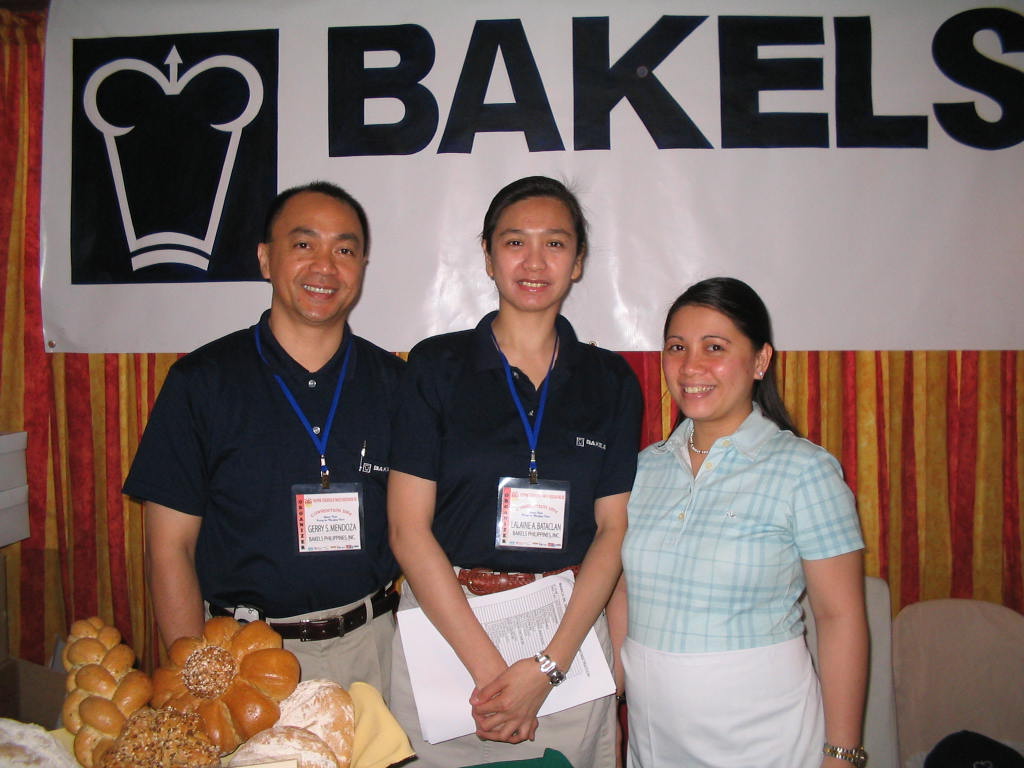
Committed to Customers
As a USW Baking Consultant, Mendoza’s primary responsibility is providing technical assistance and training to commercial bakeries.
“I saw this (USW) as an opportunity for me to share my baking knowledge and skills that I have nurtured and developed for most of my professional life,” said Mendoza. “Ultimately, I saw it as an opportunity to continue my passion for baking.”
That passion and Mendoza’s wealth of knowledge are what resonates with customers.
“It has always been great working with ‘Sir Gerry,’ as part of our common goal of sharing baking knowledge,” said a bakery owner in the Philippines. “By sharing his expertise with our fellow bakers in the Philippines, we are now more equipped to face the different challenges of a more globalized and competitive baking industry.”
“He guided us through our SRC (solvent retention capacity) project,” said a milling quality control manager. “From the first time we did the streaming, he joined us, collecting flour samples from each stream in the mill. It’s a very tiring process, but he was there with us until we finished collecting almost 50 samples.”
Meant to Teach
After spending many years as a regular resource speaker at the Asian Baking Institute and Philippine Foremost Milling Corporation’s Basic Commercial Baking Course, conducting lectures on different ingredients such as yeast, bread improvers, and chemical leaveners; as well as continuing to regularly conduct baking science short courses for the Philippine Society of Baking—where he serves as an officer and instructor—Mendoza has developed his natural affinity for teaching and mentoring. 
“He teaches and discusses baking in a manner that even a newcomer can easily grasp. He answers all questions [precisely], showing patience and even baking his signature ‘Madeleine’ bread for us,” said a chief operating officer for a large mill in the Philippines. “When we were organizing a baking seminar together, I found Gerry’s coordination and attention to detail excellent.”
“Working with Mr. Mendoza is really inspiring because of his approach to teaching from years of experience,” said another milling executive. “With his extraordinary way of being organized and systematic, his guidance and encouragement helps deliver excellent results for companies.”
Every customer who shared their experience working with Mendoza—the badminton player who also enjoys bike riding, karaoke, and cooking and baking at home—noted his kindness and love for working with bakers.
“He is very approachable, and you can easily feel his sincerity and general concern with whatever you are discussing,” said a chief operating officer for a large mill in the Philippines. “He displays passion in educating people with what he has mastered in his career.”
Mendoza enjoys being able to provide technical assistance and services to the thriving Philippine baking industry.
“My direct contact with millers, bakery owners, operators, and bakers through technical training and baking workshops gives me the opportunity to highlight the value of using flour made from U.S. wheat,” he said.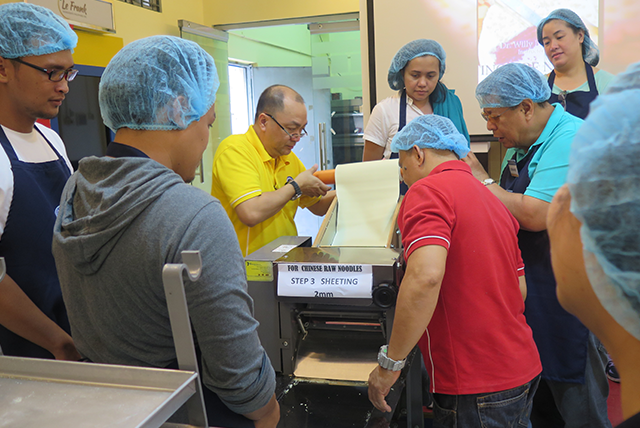
Another manager said, “Gerry is very easy to work with. He is very approachable, not hesitant to share his knowledge, and very quick when asked for data. He always assures us that he is always available and will always accommodate our inquiries and request. He has never failed us, and he knows how to deal pleasantly and effortlessly with everyone he meets.”
Sowers added, “Gerry Mendoza has a natural affinity for presenting information in a classroom setting or running a baking workshop in an interesting and engaging fashion. He is very creative in designing training activities and enthusiastically carries them out. I think that is why so many customers here want Gerry to put on workshops – and, of course, because he is such a nice guy.”
By Amanda J. Spoo, USW Director of Communications
Editor’s Note: This is the fourth in a series of posts profiling U.S. Wheat Associates (USW) technical experts in flour milling and wheat foods production. USW Vice President of Global Technical Services Mark Fowler says technical support to overseas customers is an essential part of export market development for U.S. wheat. “Technical support adds differential value to the reliable supply of U.S. wheat,” Fowler says. “Our customers must constantly improve their products in an increasingly competitive environment. We can help them compete by demonstrating the advantages of using the right U.S. wheat class or blend of classes to produce the wide variety of wheat-based foods the world’s consumers demand.”
Meet the other USW Technical Experts in this blog series:
Ting Liu – Opening Doors in a Naturally Winning Way
Shin Hak “David” Oh – Expertise Fermented in Korean Food Culture
Tarik Gahi – ‘For a Piece of Bread, Son’
Marcelo Mitre – A Love of Food and Technology that Bakes in Value and Loyalty
Peter Lloyd – International Man of Milling
Ivan Goh – An Energetic Individual Born to the Food Industry
Adrian Redondo – Inspired to Help by Hard Work and a Hero
Andrés Saturno – A Family Legacy of Milling Innovation
Wei-lin Chou – Finding Harmony in the Wheat Industry

